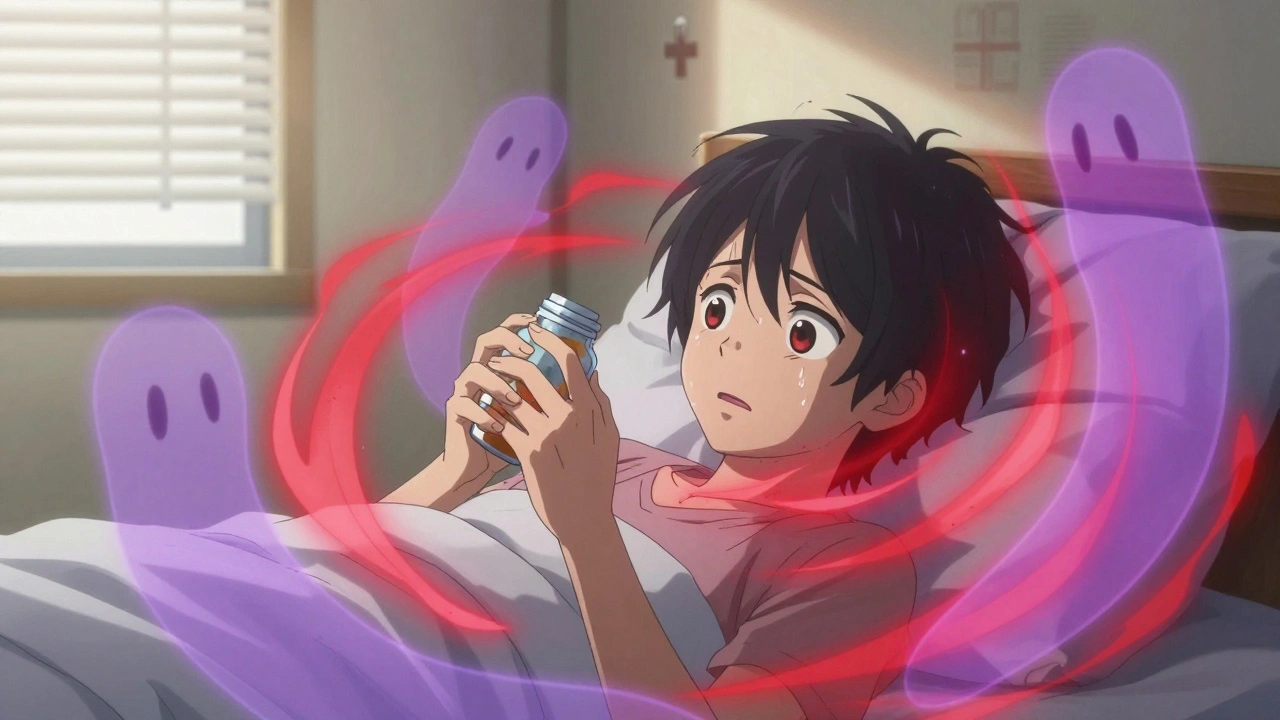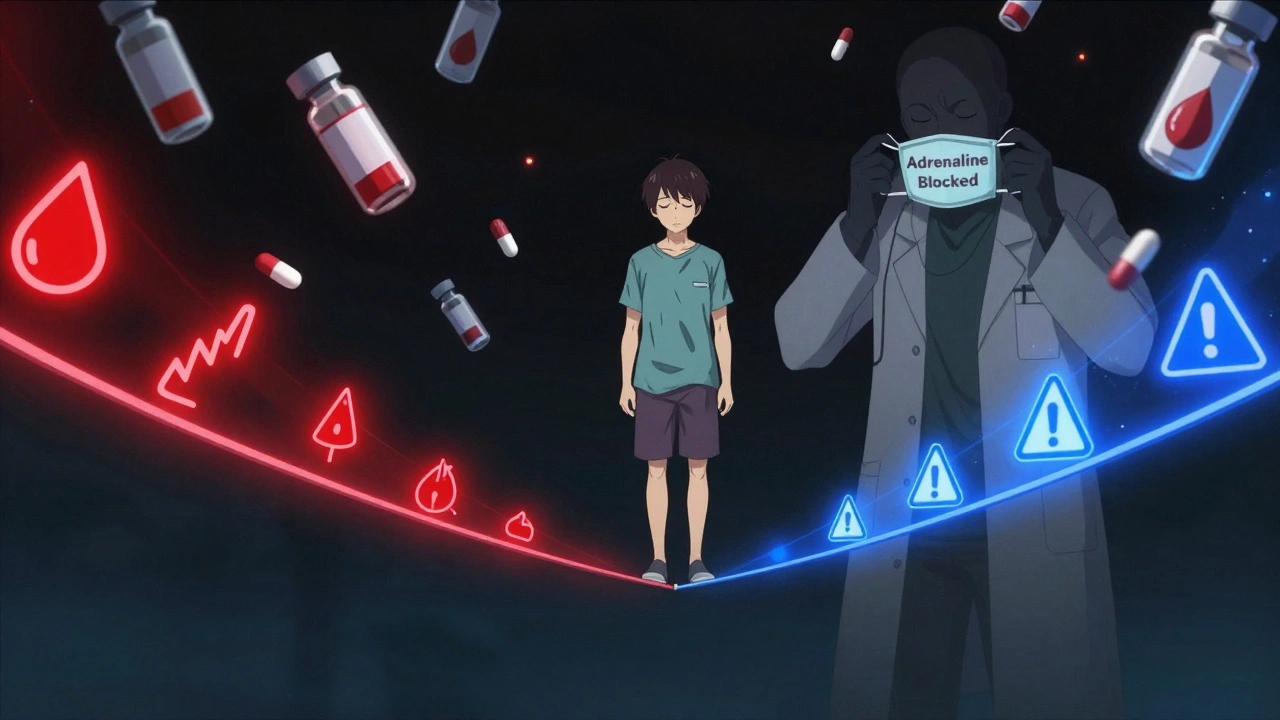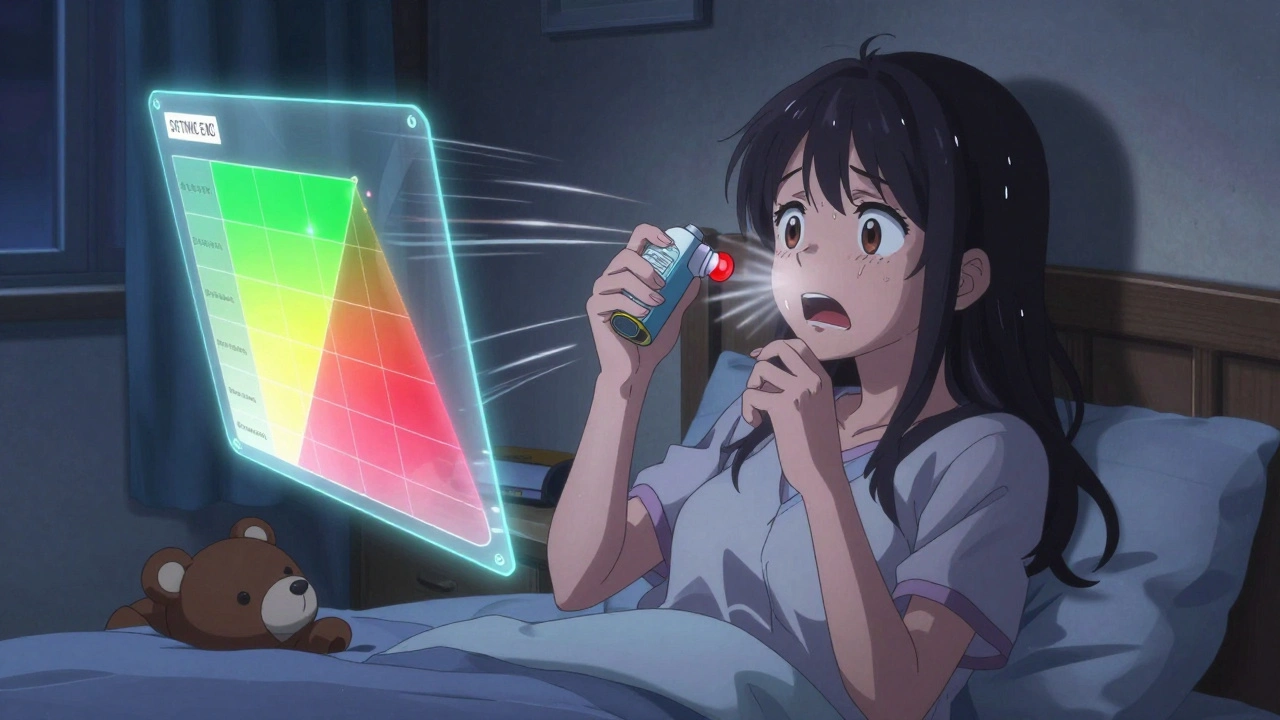Medication pricing made simple: smart moves to cut your prescription bill
Drug prices can vary wildly — the same pill might cost $5 at one store and $60 at another. That’s not a mistake, it’s how the market works. If you want to stop overpaying, you need quick checks and a few habits that save money every time you refill.
Check price tools, compare unit cost, and choose generics
Before you head to a pharmacy, look up the drug on price comparison sites or apps (GoodRx and SingleCare are common examples). They list cash prices, coupons, and average costs so you’re not guessing. Always compare the unit price (cost per pill or mg), not just the total — 90-tablet packs usually cost less per pill than 30-day packs.
Ask your doctor or pharmacist if a generic is available. Generics contain the same active ingredient and often cost a fraction of the brand name. If your prescription allows it, insist on the generic version; pharmacies can substitute it in most cases.
Smart buying: insurance, mail-order, coupons and assistance
Look at your insurance formulary to see which pharmacies and drugs are cheapest under your plan. For long-term meds, a 90-day mail-order or pharmacy club option often lowers the per-month price. If you don’t have good coverage, coupon cards can drop the cash price below insured copays.
Manufacturer copay cards and patient assistance programs are worth checking for costly brand drugs. Many companies offer income-based help or temporary coupons for first fills. The pharmacy or the drug’s official site usually lists these programs.
Other quick moves: ask for tablets that can be split safely (some drugs allow it) to double pills per bottle; check membership or loyalty programs at large chains for recurring discounts; and use reputable online pharmacies only if they require a prescription and show credentials (look for accreditation seals).
Consider international options cautiously. Some countries have much lower list prices, but rules about importing prescription drugs vary by country. Always follow local law and avoid sites that sell without a valid prescription.
Watch out for red flags: unbelievably low prices, no prescription required, poor contact info, or no pharmacist to consult. Those can mean counterfeit or unsafe meds. When in doubt, call the pharmacy and ask about licensing and where the meds come from.
Small habits add up. Compare prices once, then set a reminder to check again before each refill. Keep a list of your meds with strengths and pill counts so you can compare unit prices fast. If a price spike shows up, talk to your prescriber about alternatives — often there’s a cheaper, equally effective drug available.
Cutting your prescription bill doesn’t need hacks or luck. Use price tools, pick generics, leverage insurance or mail-order for long-term meds, and avoid sketchy sellers. Do these things and your pharmacy visits will cost a lot less without cutting corners on safety.
MapleLeafMeds.com Review: Price, Shipping, & Comparison With Online Pharmacy Alternatives
Comparing MapleLeafMeds.com to other online pharmacies based on price, safety, and delivery. See which site is the best choice for ordering affordable and safe meds in 2025.






